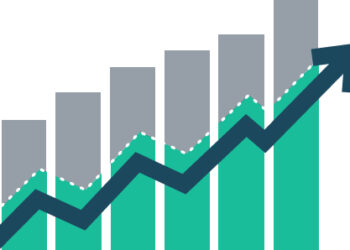A survey found that 58% of respondents think it would be difficult for them to get a home mortgage today.
That’s a four percentage-point jump in the Fannie Mae poll since February and the largest monthly increase since September. The share saying it would be hard for them to get a home loan is up 6 percentage points from a year earlier.
From November 2015 to April 2022, the majority of consumers said it would be easy to obtain a mortgage.
That’s in line with a net 68% of respondents anticipate that credit will be harder to obtain in the year ahead, a Federal Reserve Bank of New York survey showed. This is the highest share of consumers expecting tighter credit in four months and compares with a net 70.4% a year ago.
High debt levels, and higher interest rates paired with years of elevated inflation are weighing on households and that likely points to lower risk tolerance among lenders. Stricter standards make it harder for consumers to get credit for home and home equity loans, credit cards, and auto loans.
Still, US consumer borrowing advanced in February, driven by the largest increase in credit-card balances in three months.
Total credit rose $14.1 billion after a revised $17.7 billion gain in January, according to Federal Reserve data. Revolving credit, which includes credit cards, climbed $11.3 billion in February. Non-revolving credit, such as loans for vehicle purchases and school tuition, increased $2.9 billion. The figures aren’t adjusted for inflation.
Robust job growth continues to drive household spending, though consumers’ credit-card balances are mounting. With accounts carrying higher interest rates and monthly payments taking a bigger chunk of their paychecks, those borrowers could be at risk should the economy and labor market weaken.
Total credit expanded at a 3.4% annual rate in February after growing 4.2% the month prior. The Fed’s report doesn’t track debt secured by real estate, such as home mortgages.
Read the full article here







